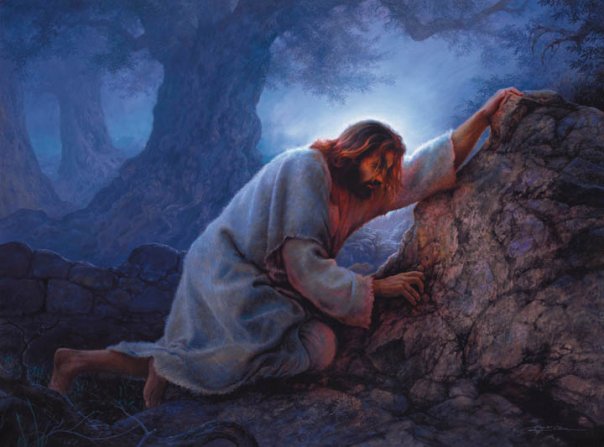Watch or listen to the latest Richard Urban Show:
(Video): God in the Public Square
Podcast: God in the Public Square
Romans 16
25 Praise God! He can make you strong by means of my good news, which is the message about Jesus Christ. For ages and ages this message was kept secret, 26 but now at last it has been told. The eternal God commanded his prophets to write about the good news, so that all nations would obey and have faith. 27 And now, because of Jesus Christ, we can praise the only wise God forever! Amen.
Joshua 8
21-24 One region of Benjamin’s tribal land had twelve towns with their surrounding villages. Those towns were Jericho, Beth-Hoglah, Emek-Keziz, Beth-Arabah, Zemaraim, Bethel, Avvim, Parah, Ophrah, Chephar-Ammoni, Ophni, and Geba.
World Scripture and the Teachings of
Sun Myung Moon
Chapter 4
God’s Creation and Human Creativity
Stewardship
2. Conservation and Sustainable Development
Teachings of Rev. Sun Myung Moon
Nature always seeks balance, and has been doing so unceasingly for billions of years. What about you Americans: are you in balance or not? You waste excessively. Once when I went to a public rest-room, I saw someone tear off a long strip of toilet paper and use only the end of it, leaving two-thirds unused on the floor. (339:165, December 20, 2000)
Wasting anything is a sin, from the principled viewpoint. When we were born, we are allotted only a certain amount of material for our use. If we use more than the allotted amount, we are committing sin. We should conserve resources for our posterity. (June 13, 2000)
How to solve environmental pollution is one of the biggest problems facing humanity. According to scientists, once the ozone layer is depleted, humankind will not be able to survive the sun’s ultra-violet rays. Pollution is even changing the climate. We should, therefore, change our lifestyle. We should live a simple life in nature, as people did in the ancient times. We should even go to the bathroom in nature, which recycles human waste as fertilizer, rather than causing pollution to the environment. (203:56, June 14, 1990)
We should not allow animal species to become extinct. We should nurture them and then set them free. Zoos should not just exhibit animals; they should breed them to set free in the wild. We should likewise protect insect species. We should protect and nurture all the species of plants, which are food for animals. We should protect the seeds of the world, that no plant species becomes extinct. (324:118, June 17, 2000)
Already, some species of insects, fish and animals have become extinct. If this phenomenon con-tinues unabated, then in 600 years, or even 300 years, human beings will also become extinct. (326:152, July 7, 2000)
We should raise fish in farms and then let them loose. We can hatch them from eggs like we raise chickens. After letting them loose, we love them, then catch and eat them. The things of creation serve as living offerings to compensate their owner for the love they have received: thus does the creation provide food for people. Now, instead of just catching fish, we should first farm them…Krill is high in protein; it is a good resource that can be food for animals. This foodstuff exists for the sake of humanity. By supplying the world with krill, we can solve the world’s food problems. We can lay water pipelines to the desert and create fish farms. Just as petroleum is brought to the American mainland from Alaska, it should be possible to pipe seawater or freshwater to any place in the world. Amazon River water can be piped to the desert. Then it can be developed for fish farming. We should breed and grow fish with a loving heart, before we eat them. By creating fish farms in the desert, we can also use the water to irrigate the land to grow vegetables and grass. Every year, more land is turning into desert. Through human ingenuity, by establishing fish farms, the desert will become a place of marshes and trees. I am not just thinking small-scale; I envision transforming a huge desert into fish farms that will produce an infinite supply of food. (324:114-15, June 17, 2000)
Solutions to the world’s environmental problems cannot be arrived at through the efforts of scien-tists alone, or by the efforts of any one individual, organization, or nation… They call for sacrifice and cooperation among all peoples of the world, transcending the interests of any one community or nation. Such a spirit of cooperation will be attained only when all people view themselves as mem-bers of the same human family. This revolutionary change in human consciousness has long been needed, and is vital to humanity’s survival today. (74:108-09, November 21, 1974)
